TechnologySolid-Based Chemical Converter
The process is remarkably efficient, with laboratory and industrial tests confirming capture rates exceeding 99% – turning emissions with 15.87% CO₂concentration to just 0.02% after treatment.
ANAcarbon has pioneered a solid-based Chemical Converter technology for CO₂ capture that fundamentally transforms how we approach emissions reduction. Our patented system uses hydroxides to capture CO₂ from flue gas emissions, converting it into solid carbonates through a chemical reaction.
Dual-Option Business ModelOur technology offers two complementary pathways for captured carbon. This flexibility allows our clients to choose the most economically advantageous path for their specific needs, while ensuring environmental benefits in either case.
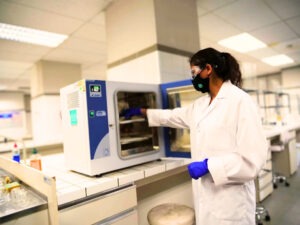
Option A: Open ModelProduction of valuable carbonates for use in concrete additives, glass manufacturing, detergents, and other industrial applications.
Option B: Circular ModelCarbon Capture Regeneration model that allows for pure CO₂ separation for various uses including enhanced oil recovery, geological storage, or other carbon utilization applications.
Validated PerformanceOur technology has been rigorously tested and validated through:
Over 10 successful tests in real industrial conditions
Partnerships with leading academic institutions
including Universidad Complutense Madrid, Universitat de Barcelona, and Silesian University of Technology
Technical cooperation with industry experts
such as DELTA Engineering & Chemistry Berlin
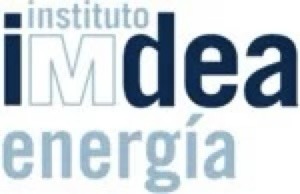

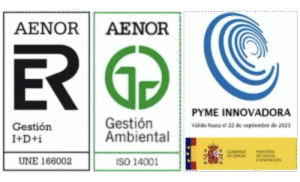

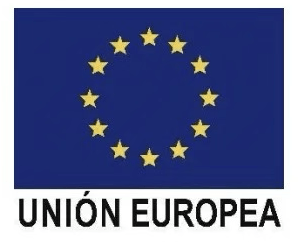


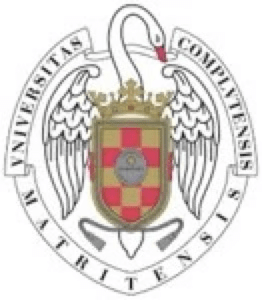


faqEverything you need
to know about ANAcarbon
To accelerate the development of our technology and expand its application, ANAcarbon offers the opportunity to invest through vehicles adjusted to different investment and/or collaboration profiles. Contact us to know more.
The great challenge of mitigating environmental problems urgently demands sustainable solutions that guarantee an adequate quality of life for us and future generations. In this sense, there is increasing social, political and economic pressure at different geopolitical levels that increase this need. For this reason, at ANAcarbon we believe that sustainable technological development is the efficient way to contribute to mitigating the causes of the climate crisis and air pollution. We have hope in the future of a better planet for all. Our efforts are focused on researching and developing innovative technologies for the benefit of the planet and society.
Investing in ANAcarbon implies, on the one hand, supporting the development of sustainable solutions that guarantee a better planet for all, and, on the other hand, ensuring significant returns on investment.
Our technology operates within a mechanical reactor using highly selective and reactive solid chemical converters (CC) to CO₂ and NOx to capture up to 100% of these gasses. It is a carbon capture and utilization technology that transforms, in a single step, CO₂ into commercially valuable carbonates. This is possible thanks to a patented physical-chemical mineralization process.
Our capture technologies have been validated by different institutions, both academic and governmental, demonstrating in all the tests, the capacity to capture CO₂ and NOx. In Europe, we have carried out various studies with the help of recognized universities such as the University of Applied Sciences in Berlin, the Silesian University of Technology in Poland, the Madrid Institute for Advanced Studies (IMDEA)-Energy, the Universidad Complutense de Madrid and the Universidad de Barcelona.
The CO₂ and NOx capture and transformation reaction does not require energy, other than that required to pass the gasses through the reactor. The process occurs through an exergonic (does not require energy) and exothermic (releases heat) reaction that, in cases of industrial flows with high concentrations of CO₂ (> 2%), the technology can take advantage of the heat released for other processes, and even under certain conditions, become electricity.
ANAcarbon can directly capture (DAC) up to 100% of CO₂, NO₂ and particles present in the air that is passed through the system. This is possible due to the high selectivity and reactivity of the chemical converters and the patented system, which allows it to operate from atmospheric concentrations up to 100%, without being affected by other gasses (such as sulfur dioxides – SOx).
Our technology transforms CO₂ into solid and pure carbonates with high commercial value that are raw material for various industrial applications, stimulating a circular economy. Different carbonates adapted to the specific requirements of the market (calcium, sodium, magnesium carbonates) are produced, changing the chemical converter to produce the carbonate of interest.
We are in the process of scaling the technology and licensing our technology to established manufacturers in the market (B2B). The technology will be integrated into their product line and available for sale through them in the near future. These manufacturers are also free to grant exclusive rights to service providers for replacement, maintenance, and logistics necessary to operate the technology.
Yes, the installation of a system with ANAcarbon technology is safe, since occupational/industrial safety standards will be followed and, on the other hand, the operation of the technology is considered easy to handle, since both chemical converters and the final product of the capture will be in a solid state.
CO₂ capture with ANAcarbon is done efficiently, due to the high reactivity and speed at which the reaction occurs. This efficiency is such that, for example, in the production of sodium carbonate, a study carried out by IMDEA-Energy revealed that the carbon footprint cycle (balance between the generation and capture of CO₂) of the entire process, from manufacturing of chemical converters, capture, production of this carbonate and use of these, is negative. In cases where chemical converters need to be regenerated, it is estimated that with each capture/regeneration cycle this carbon footprint becomes increasingly negative.
The production of conventional carbonates generates a considerable environmental footprint, since its extraction has a significant impact on the ecosystem where it is exploited. It eliminates the vegetal layer of the deposit to be exploited, thus reducing biodiversity. This type of extraction affects the bodies of water in the area; they emit a large amount of particulate material into the atmosphere which negatively affects the populations near the quarry. The road network for logistics, transport and extraction also impoverished ecosystems. In addition, the exploitation requires machinery and processes that operate thanks to fossil energy, which generates greenhouse gas emissions into the atmosphere. But this environmental footprint increases even more if this production is done synthetically, since the amount of reagents and by-products generated in the manufacture of these carbonates are highly toxic and require a large amount of energy in their process.
On the contrary, the carbonates that are generated with our technology are produced using CO₂ from industrial emissions or directly from the air. In this way, on the one hand, it will be helping to mitigate one of the causes of the climate crisis and, on the other hand, these carbonates would be replacing conventional ones, helping to reduce the environmental footprint of their production. The possibility of installing our technology in emitters located in different geographical areas can reduce the carbon footprint associated with the transport of carbonates to consumer markets. Additionally, our reports indicate that capturing CO₂ to produce soda ash has a negative carbon footprint, implying a real reduction in CO₂ from the industrial process or from the atmosphere. For all these reasons, we consider that the carbonates produced with our technology are «green» and that they will contribute to a model of sustainable development.
Their life cycle is basically established by the uses they are going to have, since they are raw materials in the manufacture of glass, detergents, construction materials, paper, agribusiness, among others. Additionally, in the search for more efficient technologies for energy storage, carbonates have represented an interesting alternative to replace lithium ion batteries.


